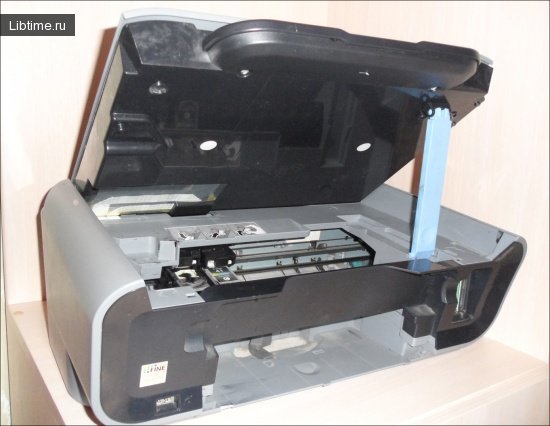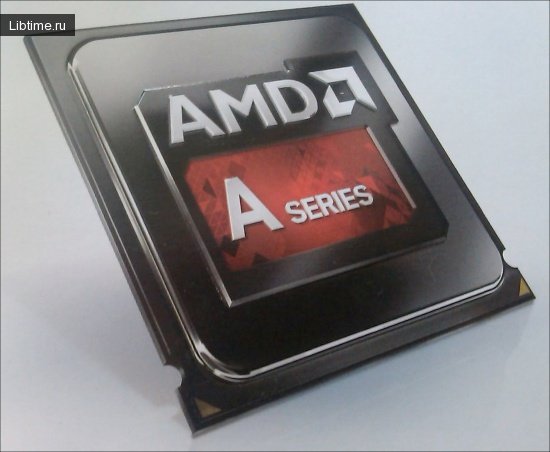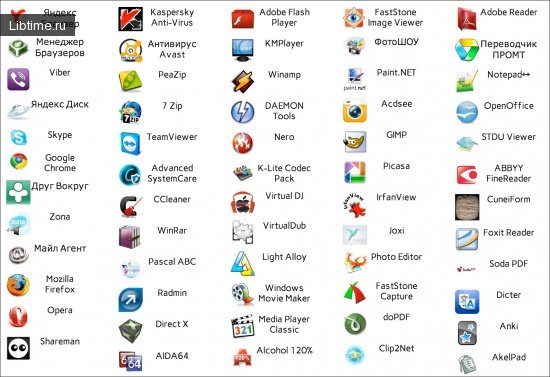Monitor. Monitor Features
A monitor is a device for displaying information that comes from a computer. 
Types of monitors
A common type is standard monitors based on the electron beam tube (CRT). A beam of rays falls on the surface of the kinescope, covered with phosphor. Under the action of these rays, each point on the screen glitters in one of three colors - red, green, and blue.
Liquid crystal monitors. In them, not phosphor glimmers, but a miniature liquid crystal element, which changes its color characteristics under the action of current. The thickness of such a monitor is a couple of centimeters.
Thecharacteristics of monitors can be very diverse.
According to the method of controlling the minimum elements of the screen image matrix LCD monitors are divided into active and passive.
Monitors with active matrix (TFT) - high quality and valuable. TFT monitors use a special color control system. Each LCD screen element (pixel) has a special transistor-controller. As a consequence, the "picture" on TFT-monitors can change instantly without leaving "traces" on the screen.
Passive matrix (DSTN) does not have such a system. The image on it is more pale, it changes with a delay.
Plasma technology. The image is formed by plasma, which changes its color under the influence of current.
The size of the screen "grain". An important indicator is the value of the minimum point ("grain" or pixel) of the screen, which is measured in tenths of a millimeter. The larger the grain, the "coarser" the image. The value of the point on 17-inch CRT monitors of different brands is in the range of 0.28-0.20.
Monitor characteristics
Resolution. How many minimum image elements - "dots" - can fit on the monitor screen. The more of these dots, the less grainy and higher quality the image will be. Resolution is described by two values - the number of dots vertically and horizontally. There are the following image modes:
- 640x480 (standard mode for 14-inch monitors);
- 800x600 (standard mode for 15-inch monitors);
- 1024x768 (standard mode for 17-inch monitors);
- 1152x864 (standard mode for 19-inch monitors);
- 1280x1024 (standard mode for 20-inch monitors);
- 1600x1200 (standard mode for 21-inch monitors);
- 2560x1800 (Retina display - such as on a 15-inch MacBook Pro).
In practice, the monitor can support much higher settings, but this affects the eyes.
Maximum scan rate (Refresh Rate) - this value can be roughly defined as an analog of "frame refresh rate". The higher the sweep frequency - the less the monitor screen will "blink".
As a rule, for comfortable work it is necessary that the vertical sweep frequency is not less than 85 Hz, that is, that the image on the screen resumes with a frequency of at least 85 times per second. A lower frequency is dangerous for your eyes.


